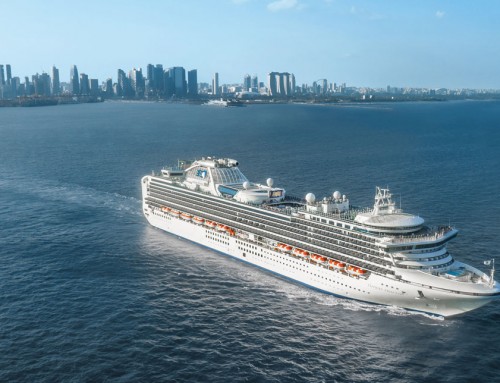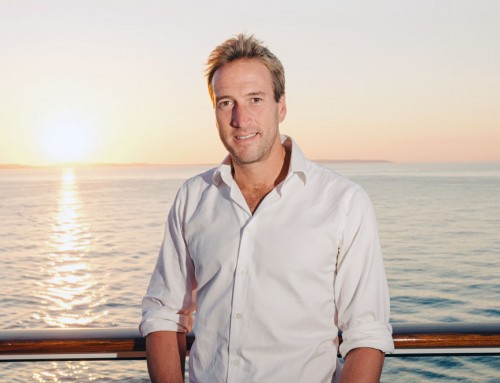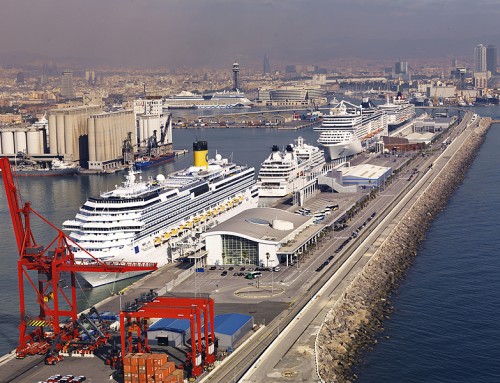Whether it’s thanks to Fidel Castro’s stubborn refusal to change tack, a result of the long-standing embargo imposed by near-neighbour the United States, or because of the sudden withdrawal of financial aid when the Soviet Union collapsed, there is no way that Cuba’s communist regime can be judged a success.
I’m no economics expert, but it doesn’t take much to realise this is a dirt-poor country in which everything appears to be falling apart – from roads, to homes, to the entire social infrastructure.
In Havana I saw a crowd of people jostling to get into a building and wondered whether this was the free all-day Buena Vista Social Club music festival almost everyone on the streets had told me I must not miss. It turned out to be a fish market, and the people were queuing for food.
I wrote earlier about the millions that are being spent restoring the crumbling architectural masterpieces of the UNESCO World Heritage Site that is Old Havana. If they don’t speed up the work, many more buildings will be reduced to dust before they can be rebuilt.
The roads are a mess, and heaven knows how the drivers keep their “dinosaurs” – giant American cars from the ‘fifties – running. The taxis are owned by the government but their drivers are responsible for repairs, and I saw one vehicle having a replacement prop-shaft fitted at the side of a busy roundabout.
Cubans get free education and health care; medicine and hospitals are the country’s biggest employers. They own their own houses but they are not allowed to sell; they can only exchange for another of equivalent value.
Apart from a few large homes left behind by wealthy Cubans who fled to Florida years ago, most are fairly squalid, whether they are jerry-built brick shacks or concrete apartment blocks provided by the Russians.
Apart from a few licensed free-trade entrepreneurs operating tiny one-man (or woman) businesses, everyone works for the government or in partnership with it, and the vast majority simply have no disposable income.
Nevertheless, every passenger from Saga Pearl II who went ashore in Havana, Cienfuegos, or at our final port of call on the island, Santiago de Cuba, came away impressed with the friendliness of the locals.
As anxious as they must have been to make a few free-enterprise pesos, none of the souvenir vendors showed a fraction of the aggression on display at the so-called craft market I was ushered through at Dunn’s River Falls yesterday. And this was in Jamaica, supposedly a land of legendary laid-backness. Yeah mon!
In Cuba there was little sign of the hassling jiniteros which my Lonely Planet Guide had been so keen to warn of. Walking the streets of Old Town Havana or the bustling alleys of Santiago it was impossible to avoid touts offering their bicycle taxis or less-than-genuine cigars, but they backed off at the first firm “no thankyou.”
I encountered far more Cubans who were proud to show off their city and asked for little or nothing by way of reward.
Admiring the art nouveau splendour of the soaring glass-vaulted Hotel Raquel in Havana – having just wandered in, dusty-shoed from the street – I was surprised to be invited to take in the view from the rooftop terrace, where I was left un-hassled to enjoy the view across the city’s rooftops.
Gazing at the splendid portico of a grand building unidentified on my rudimentary map, I was invited inside by a custodian of what turned out to be an institute for veterans of Cuba’s countless wars and revolutions. I would have got more from my unexpected tour of its statues and portraits if I’d had more than a brief acquaintance with Spanish, but another impressive stained-glass window did not need words to describe its beauty.
Most touching of all, while looking for that elusive music festival, I was taken in hand by a young couple who, for the price of a mojito which we shared together, taught me more about their country than any reference book or Google search had done.
Fidel, I discovered, is still a revered hero. On the other hand his brother Raul, who has been handed the reins of power, is despised for the reforms he has introduced.
I am still kicking myself for not taking note of the couple’s names. It seems inadequate now to be able to refer only to “the wife” whose face beamed with pride as she showed pictures of their beautiful eight-year-old daughter and the cheeky smile of their two-year-old son.
And I hope the husband has a successful trip to England in a couple of months when he travels on a government-sponsored tour playing drums in a Cuban music ensemble. Incredibly, I saw him again later in the day as I rode in a horse and buggy from the ship to the Hotel Nacional – he spotted me and waved enthusiastically as I passed him on the Malecón.
They taught me something else that explained a lot as I explored Cuba’s streets during my few days on the island. There is no soap to be had in the country. Apparently the government has withdrawn subsidies it used to pay so the people have nothing with which to wash themselves or – more disturbingly for them – their children.
On the few occasions we were approached by people begging with open palms, they were more interested in being given soap than money.
When I return to Cuba – and I hope it will be soon – I know what to bring for the benefit of its lovely people.





I enjoyed reading the account of John’s cruise stop in Cuba. For those readers wanting to read and see more about Cuba I recommend you check out http://www.havanatimes.org for openminded writing from Cuba.